

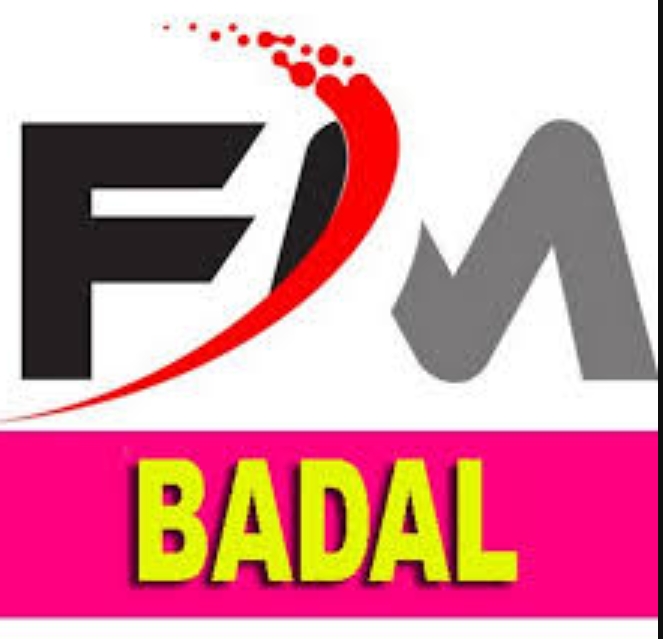





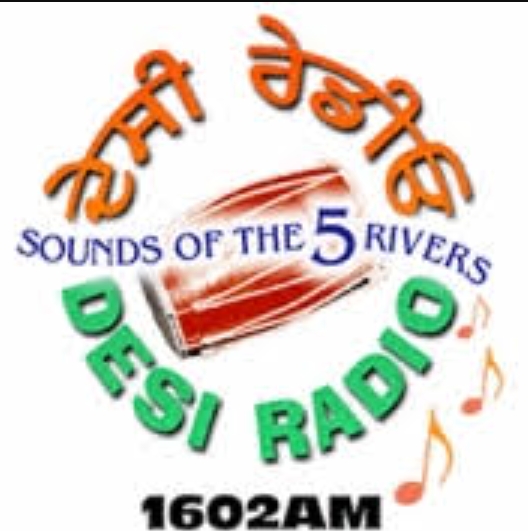






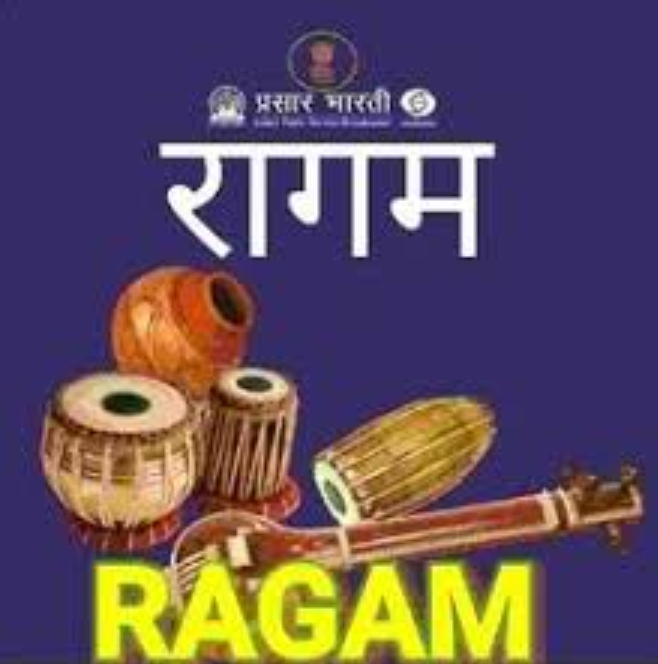


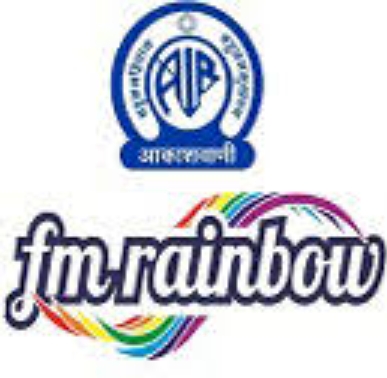





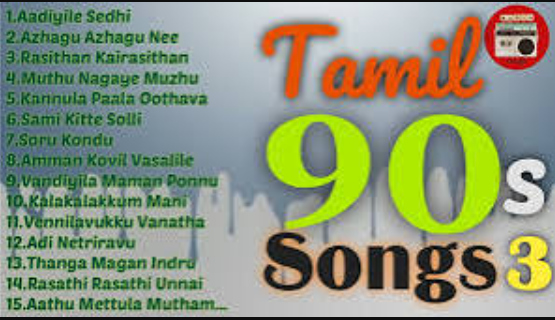
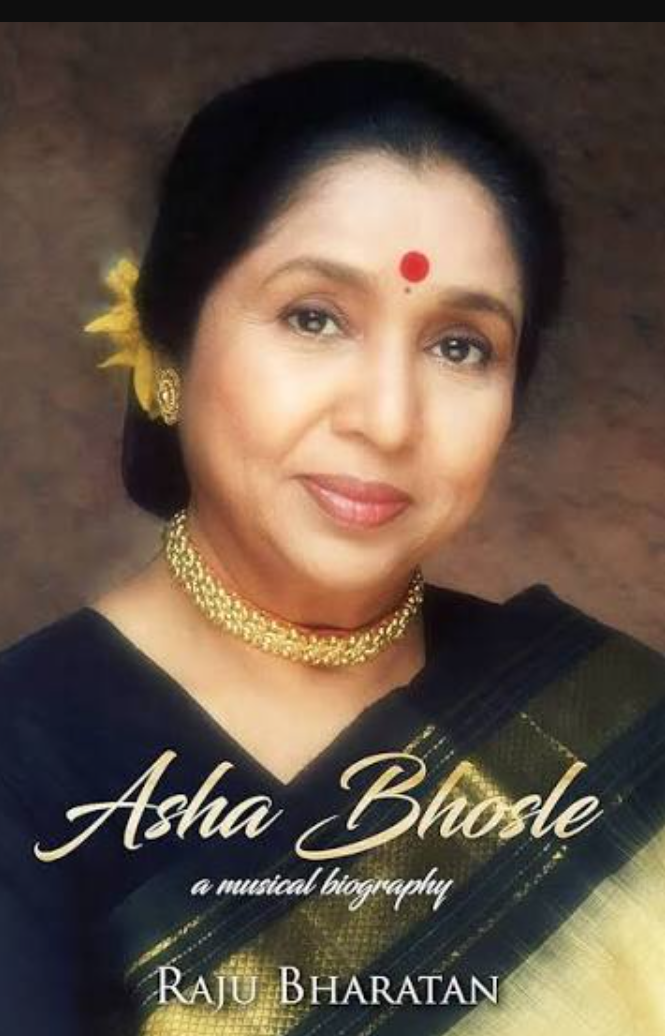


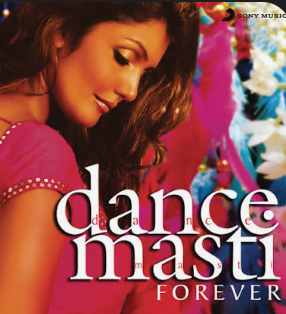



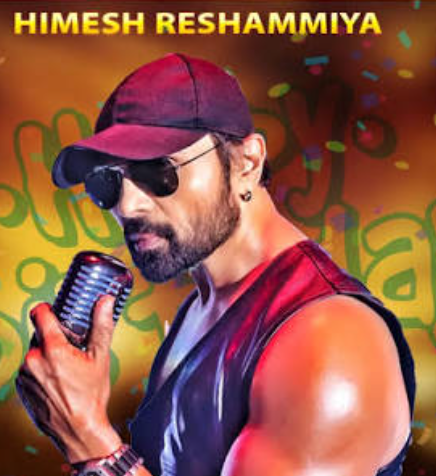

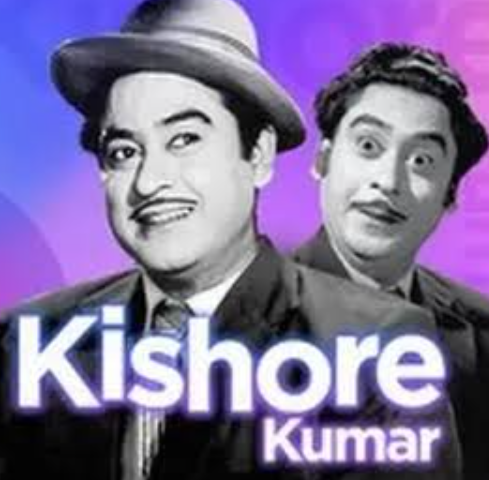
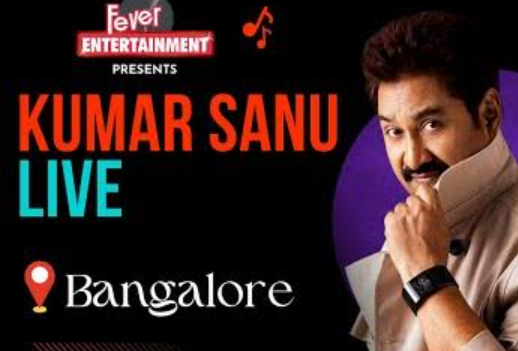
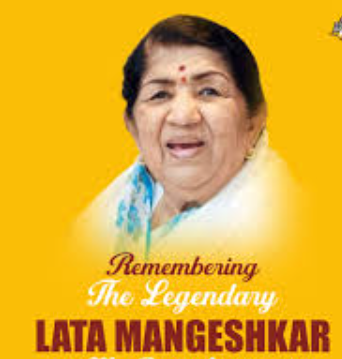
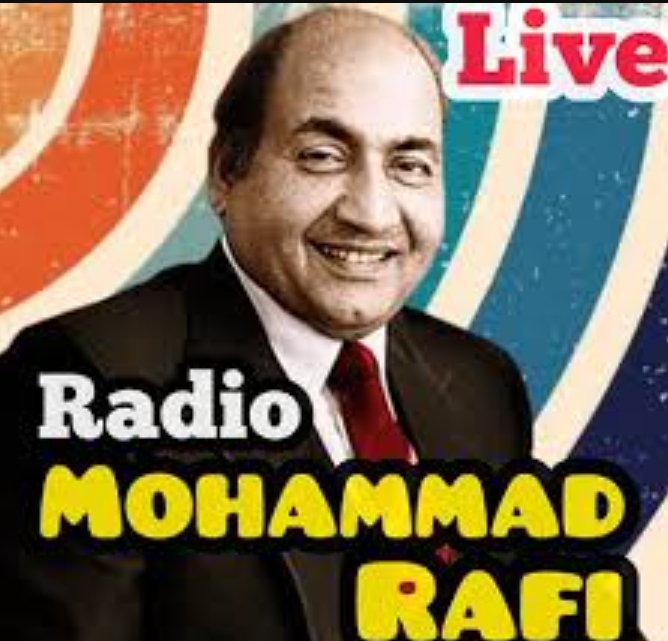
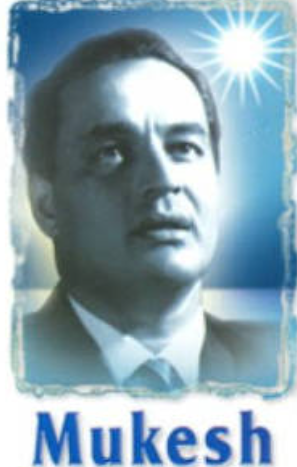
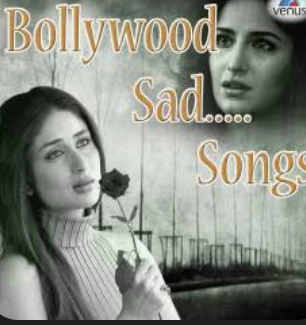
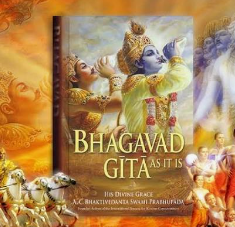
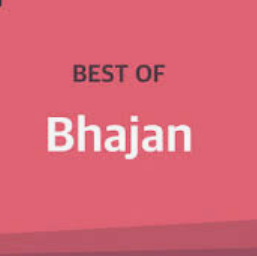
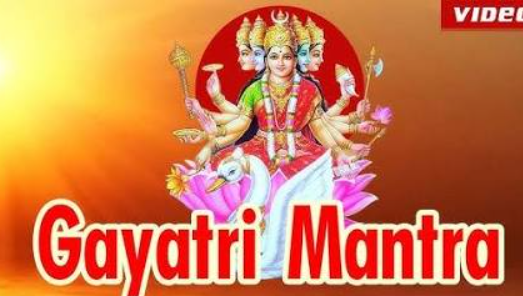
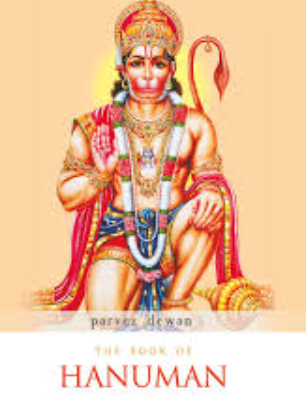

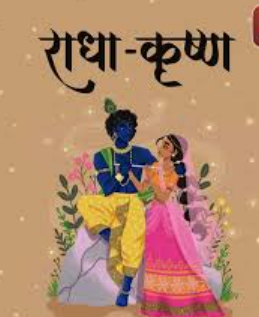
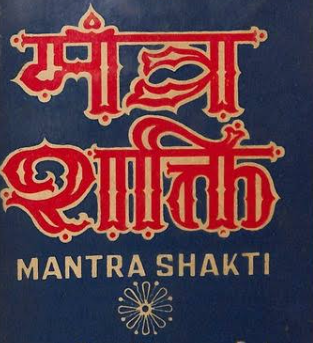
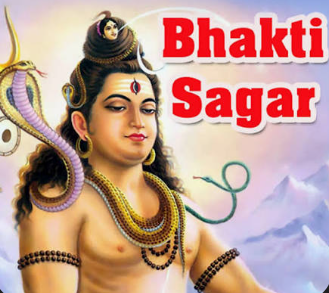
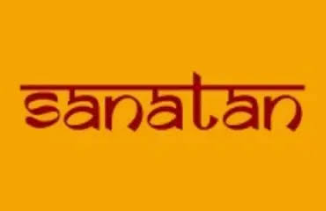

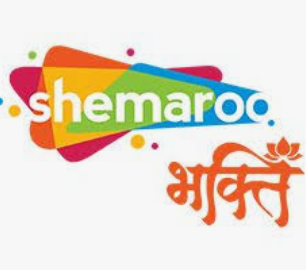
Mohammad Rafi: The Immortal Voice That Defined the Golden Age of Bollywood In the vast and vibrant tapestry of Indian cinema, few voices have achieved the divine resonance and enduring legacy of Mohammad Rafi. More than just a playback singer, Rafi was the soul of a generation, the melodic heartbeat of countless stories, and an artist whose versatility remains unmatched to this day. His voice was not just heard; it was felt, weaving its way into the cultural consciousness of a nation and leaving an indelible mark on the world of music. ... Born on December 24, 1924, in a small village in Punjab, Rafi's journey to becoming the voice of Bollywood is a tale of extraordinary talent meeting unwavering dedication. His first break in the Hindi film industry came in the 1940s, but it was in the 1950s and 1960s that he truly ascended to his throne, a period often revered as the Golden Age of Hindi cinema. During this era, Rafi didn't just sing for the heroes; he became them. His unique ability to modulate his voice to match the actor's persona on screen was nothing short of magical. The Pinnacle of Versatility What set Mohammad Rafi apart was his breathtaking range. He could traverse genres with an effortless ease that left listeners and composers in awe. A single sitting of his discography is a journey through every human emotion. · The Soulful Devotional: He could stir the spirit with the profound piety of "Sukh Ke Sab Saathi" from Gopi or the timeless bhajan, "Man Tarpat Hari Darshan Ko Aaj." · The Playful and Energetic: He brought an infectious joy to upbeat numbers like "Aaj Kal Tere Mere Pyaar Ke Charche" from Brahmachari or the playful "Kya Hua Tera Wada." · The Heartbreaking Melancholy: His voice could capture the depths of heartbreak with a haunting vulnerability, as heard in the classic "Chaudhvin Ka Chand Ho" or the poignant "Teri Aankhon Ke Siva." · The Romantic Ballad: He was the definitive voice of romance, lending an unparalleled tenderness to songs like "Baharon Phool Barsao" from Suraj and "Yeh Reshmi Zulfein" from Mere Sanam. · The Qawwali and the High-Energy: He held his own in powerful duets and complex qawwalis, most famously in the legendary "Parda Hai Parda" from Amar Akbar Anthony. This chameleon-like quality meant that from the rebellious charm of Shammi Kapoor to the gentle sophistication of Dilip Kumar, Rafi was the vocal embodiment of each star. A Legacy Forged in Collaboration Rafi's genius was amplified by his prolific collaborations with the era's most celebrated music directors. He was the preferred voice for maestros like Naushad, S.D. Burman, Shankar-Jaikishan, O.P. Nayyar, and R.D. Burman. Each composer extracted a different shade from his vast vocal palette. With Naushad, he delivered classical masterpieces. With O.P. Nayyar, he created peppy, rhythm-centric hits that defined an era of style and romance. His partnership with Shankar-Jaikishan produced some of the most iconic and diverse songs in film history. Despite the arrival of other greats like Kishore Kumar, who gained prominence in the late 60s and 70s, Rafi's quality and consistency never waned. He continued to deliver superhits, adapting to the changing musical landscape while retaining his unique identity. The Enduring Echo Mohammad Rafi's life was cut short on July 31, 1980, but his voice is truly immortal. With a staggering repertoire of over 7,000 songs in Hindi and various other languages, his music continues to be discovered and cherished by new generations. Awards and accolades, including six Filmfare Awards and a Padma Shri, are mere formalities when measured against the love he commands from millions. To listen to Mohammad Rafi is to experience the golden age of Bollywood in its purest form. His voice is not a relic of the past but a living, breathing testament to the power of melody, emotion, and unparalleled artistry. In every note he sang, he left a piece of his soul, ensuring that the legend of Mohammad Rafi will echo for eternity.

|

|

|

|

|

|

|

|

|

|

|

|

|

|

|

|

|

|

|

|

|

|

|

|

|

|

|

|

|

|

|

|

|

|

|

|

|

|

|

|

|

|

|

|

|

|

|

|

|

|

|